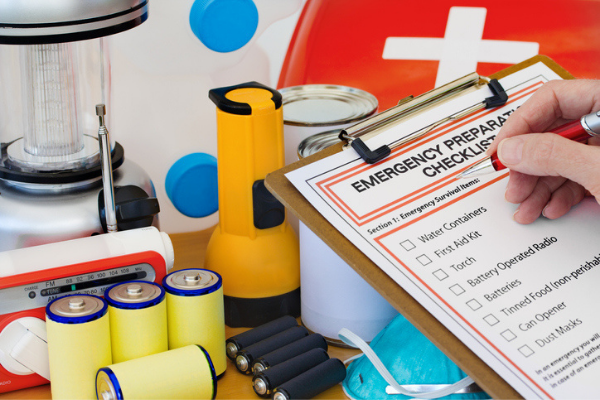
One of the most effective ways to communicate chemical hazards is the proper preparation of labels for the containers. In general, all samples of laboratory or manufacturing chemicals or solutions of such samples must be labeled with chemical identification and hazard information. Suggestions for the minimum required information for all laboratory chemicals are discussed below.
Chemical identification: Identification should be specific enough that any chemist who has completed courses in general, inorganic, and organic chemistry would understand the expected reactivity and potential hazards of the chemical. Internal product or raw material numbers and lab notebook page numbers are not sufficient identification. Organizational product names or numbers may be added but are not chemical identification. Chemical formulas are acceptable, but empirical formulas are not. CH3CH2OH is ok, C2H6O is not. Avoid using acronyms without verbal description. Is AA acetic acid, acetic anhydride, acrylic acid, etc.? Formulations may contain several individual chemicals; identify the major components and any hazardous components.
Appropriate Hazard Warnings: Indicate the known hazards of the material. Governmental regulations may require specific hazards to be noted. Check the current list of “select carcinogens.” If a carcinogen is present at a concentration greater than or equal to 0.1%, label the material as carcinogenic. Remember that carcinogens and other highly toxic materials must be used and stored in a “designated area” (check your chemical hygiene plan) of a laboratory.
Quick Visual Hazard Alerts: Most organizations are moving toward use of the Global Harmonized System (GHS) pictograms on labels to warn users of major hazards. Prior to GHS implementation, the National Fire Protection Association (NFPA) hazard diamonds often had been used. Note that in the GHS, smaller numbers are more hazardous; category 1 is the most hazardous. In the NFPA diamond, higher numbers indicate a greater hazard; 4 is the most hazardous rating.
Date: How long has a particular sample been in the laboratory? Write the date that the material was received or synthesized on the label. You may want to note the date a purchased sample was opened if that information is important. Finally, if an expiration date is known (when the sample degrades significantly or when the purity/quality of the sample would become questionable), write the expiration date on the label.
Chemist’s name: This information identifies the original owner of the sample. At a minimum, the first and middle initial and complete last name should be printed on the label. The goal of this recommendation is unambiguous identification of the person who is responsible for the sample. Although most chemists could be identified by initials alone, handwritten initials are often difficult to decipher.







